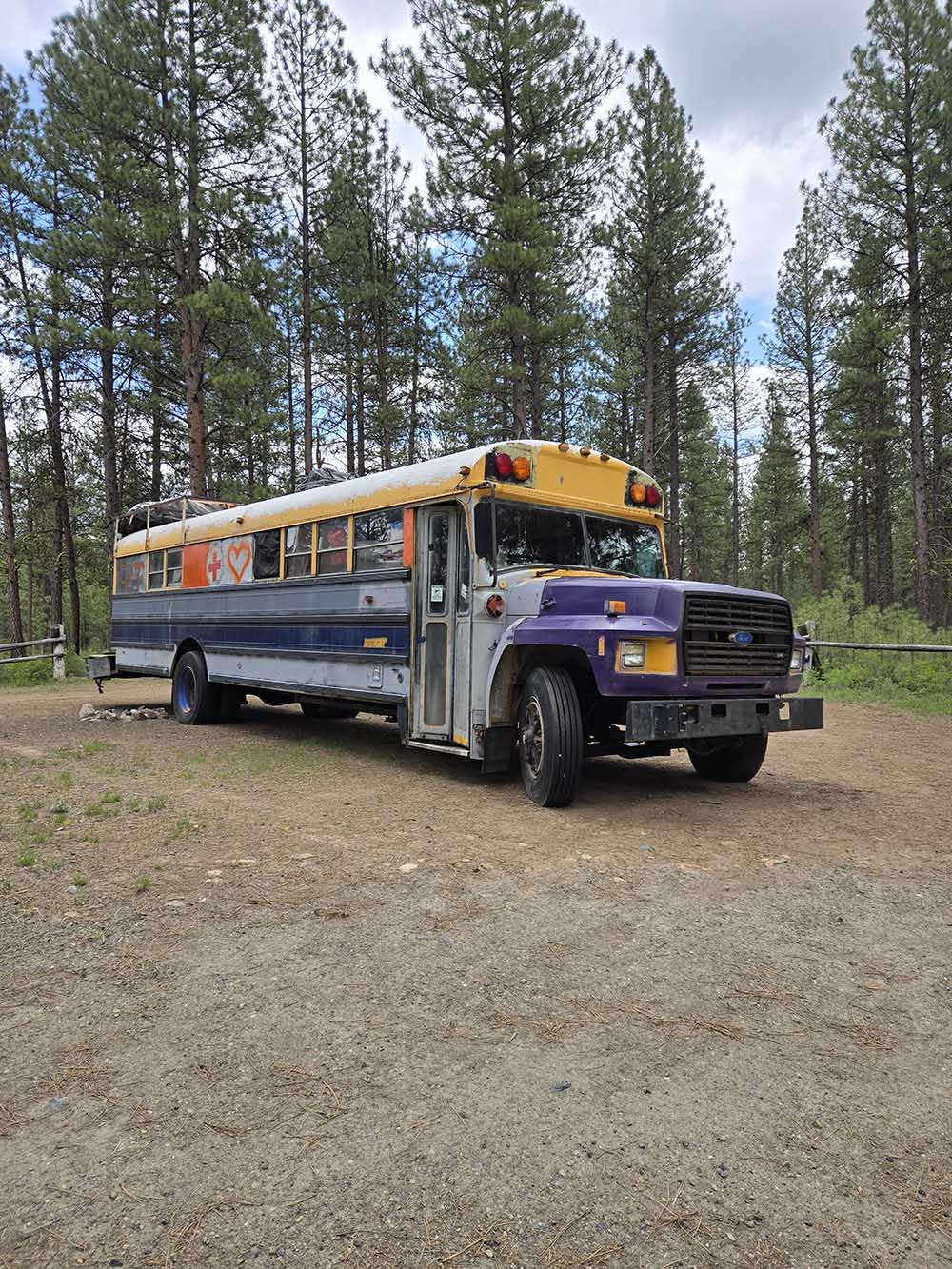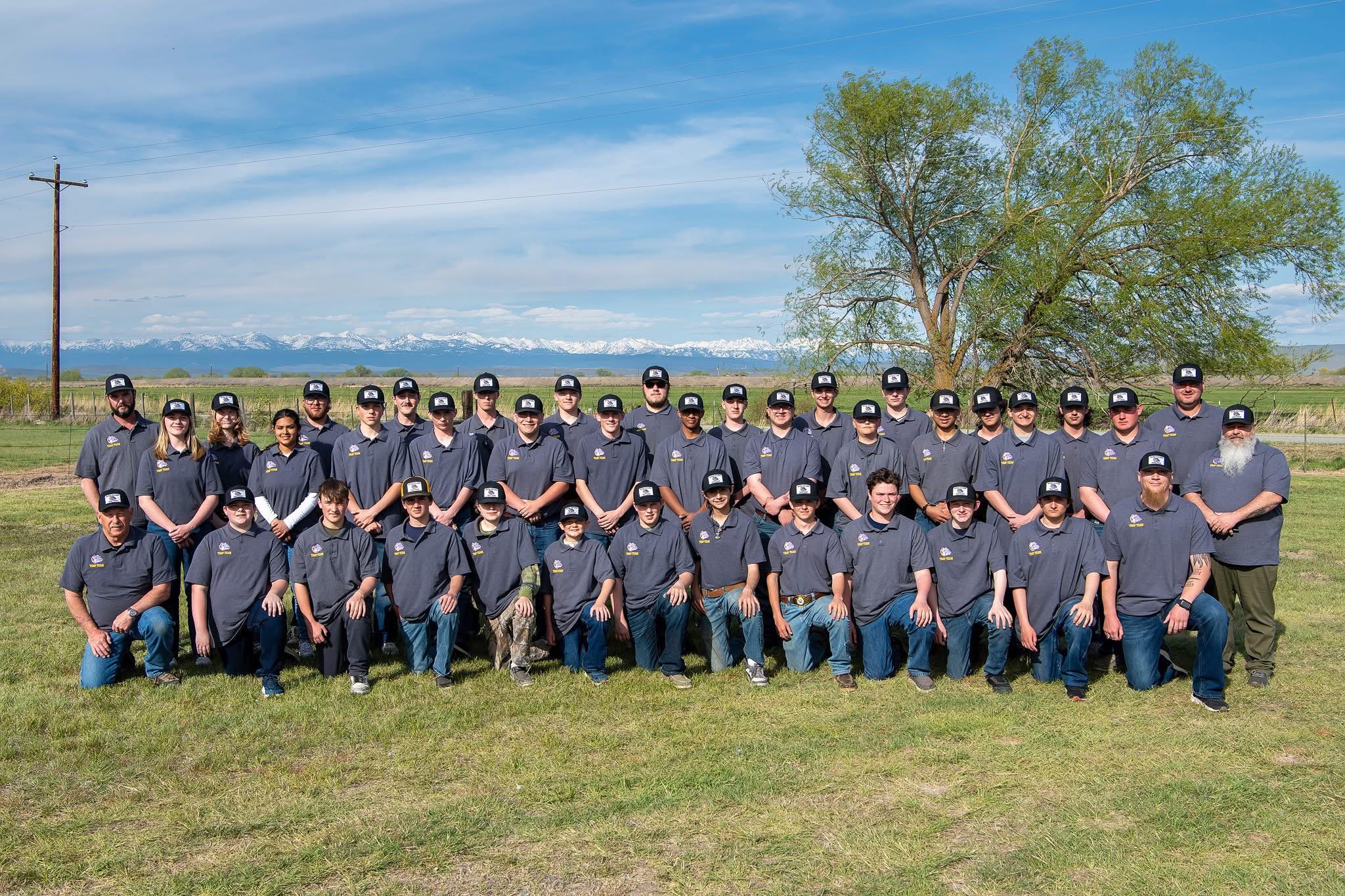Out and about: Catherine Creek (should be a river) revelation
Published 7:00 pm Friday, August 25, 2023
I have driven past Catherine Creek State Park probably a couple dozen times and in each case dismissed the trails there as unworthy of my attention.
Or, to put it more simply, I was stupid.
And worse, I was arrogant.
I mistakenly presumed that a park covering a modest 160 acres couldn’t have a credible trail system.
I was also guilty of indulging in the haughty notion that any trail which doesn’t cleave a dramatic gorge or surmount a precipitous pass or wend past imposing peaks would be so boring to hike that I’d probably doze off midway through.
Fortunately I have been corrected in this matter.
I was driving back to Baker from La Grande on Aug. 20 with my wife, Lisa, and our son, Max, the day before the remnants of Hurricane Hilary drenched parts of the region.
We didn’t want to make a long, dusty drive to a trailhead so I suggested Catherine Creek, along Highway 203 between Union and Medical Springs.
Lisa consulted the ultimate oracle — her phone — and surprised me with the news that the park’s amenities include a 2.7-mile loop hike.
Moreover, the route, as depicted on a topographic map, isn’t a flat slog at water level but actually climbs a ridge of some eminence.
The map even shows switchbacks, as befitting a proper trail.
Although you can get to the trails from the state park campground, to take in the entire loop, with a minimum of backtracking, drive a bit farther south along the highway to the day-use area.
Walk through the grove of towering ponderosa pines to a wooden footbridge over Catherine Creek.
This stream, which starts in the Eagle Cap Wilderness, is one of the finer waterways in Northeastern Oregon — cold and clear and equally inviting to a toddler’s toes and to steelhead.
Its only flaw is the name.
Catherine Creek deserves the more noteworthy title of river as much as the others which carry snowmelt and springwater from the heights of the Wallowas — the Minam and Lostine and Wallowa and Imnaha.
(Catherine Creek’s sibling, in this matter of nomenclature disrespect, is Eagle Creek, on the south side of the range. If the Powder and Burnt rivers are rivers, then surely Eagle and Catherine creeks are as well.)
Cross the bridge and follow the gravel trail upstream for a few hundred feet, to the edge of the woods. Here the trail turns sharply to the right, climbs through two switchbacks, and then strikes out to the northwest, paralleling the stream.
The path, of hard-packed dirt strewn with pine needles, generally stays 50 to 100 feet above the water. I suspect that when salmon or steelhead are migrating, you would be able to pick out the fish, resting in the pools between riffles, so crystalline is the water.
After a third of a mile or so the trail meets another path, climbing from the creek. This leads to the state park campground, where there’s also a footbridge. Continue downstream on the main trail.
Shortly after the junction the trail climbs steeply for a short distance, making a couple more switchbacks and passing a couple outcrops of volcanic rocks (dacite and basalt, according to a geologic map from the Oregon Department of Geology and Mineral Industries).
The trail then levels out and runs near the barbed wire fence that marks the state park boundary. Just after the trail rounds the ridge and veers to the south, take a short side path for a couple hundred feet to an overlook across the Catherine Creek Canyon.
Continue south on the main trail for about a quarter mile to the start of a loop. We went to the right, uphill.
The path heads northwest and then switches back to the south, climbing slightly and then descending to another spur trail. This one leads due south to the brink of a precipice with a fine view across Highway 203 to basaltic outcrops to the southeast.
A turkey vulture soared above when we reached the viewpoint, screeching in a way that suggests the bird has a nest in the rimrocks nearby.
Return to the main trail, now heading north, to the start of the loop.
Most of the trail is along the steep slope rising to the west of Catherine Creek. This isn’t the most scenic spot. In late summer, and at this moderate elevation (about 3,600 feet at the highest), the vegetation is desiccated and crunchy, quite unlike the velvety leaves of spring.
The forest is a mixture of ponderosa pine and Douglas-fir, with an understory dominated by two shrubs — ninebark, with its maple-shaped leaves and red stems, and snowberry. The leaves of both were beginning the autumn transition from green to shades of yellow and orange. I suspect the hike will be more attractive in a month or so when this modest show of foliage reaches its peak.
There is nothing of the wilderness here, to be sure.
The trail never is so distant from the highway that you can’t hear, above the dim mumbling of the stream and the wind through the trees, the clatter of a diesel pickup accelerating, or the slamming of a door in the state park.
But not every hike can be miles from a road.
Or should be, come to that.
Having overcome my unreasonable disdain for the trails at Catherine Creek, I suspect I’ll return occasionally, perhaps when snow still blocks the more scenic paths among the peaks.
There is magic even in a civilized forest, I think.
Catherine Creek State Park is along Highway 203 about 9 miles southeast of Union. According to the Oregon Parks and Recreation Department, the state acquired the property in 1947 as a gift from Union County and the E. S. Collins estate. An additional parcel was transferred from the Oregon Highway Division as a park maintenance site in 1975. The area was once known as Presbyterian Flat. When owned by E. S. Collins, a prominent Portland lumber man, it was known as Collins Park. In 1932, Mr. Collins deeded the tract to Union County for park purposes. Partly due to problems in maintenance funding, the county deeded the land to the state. The area was developed for day use and primitive camping in the 1950s.






